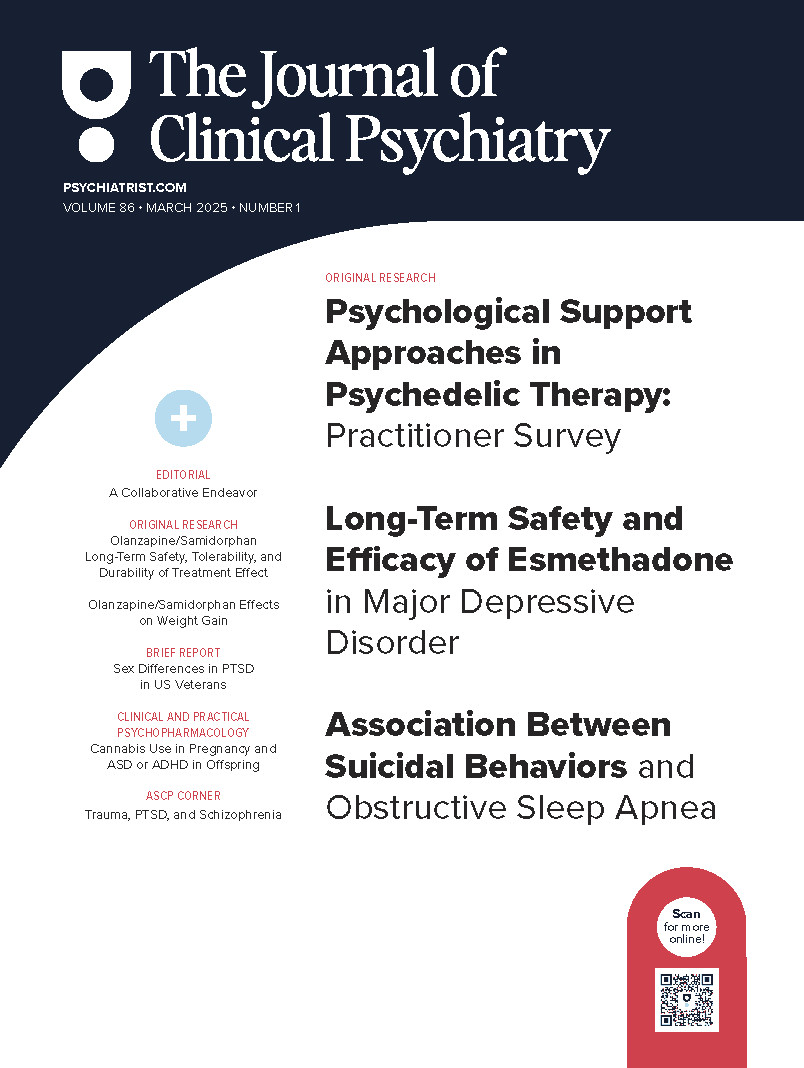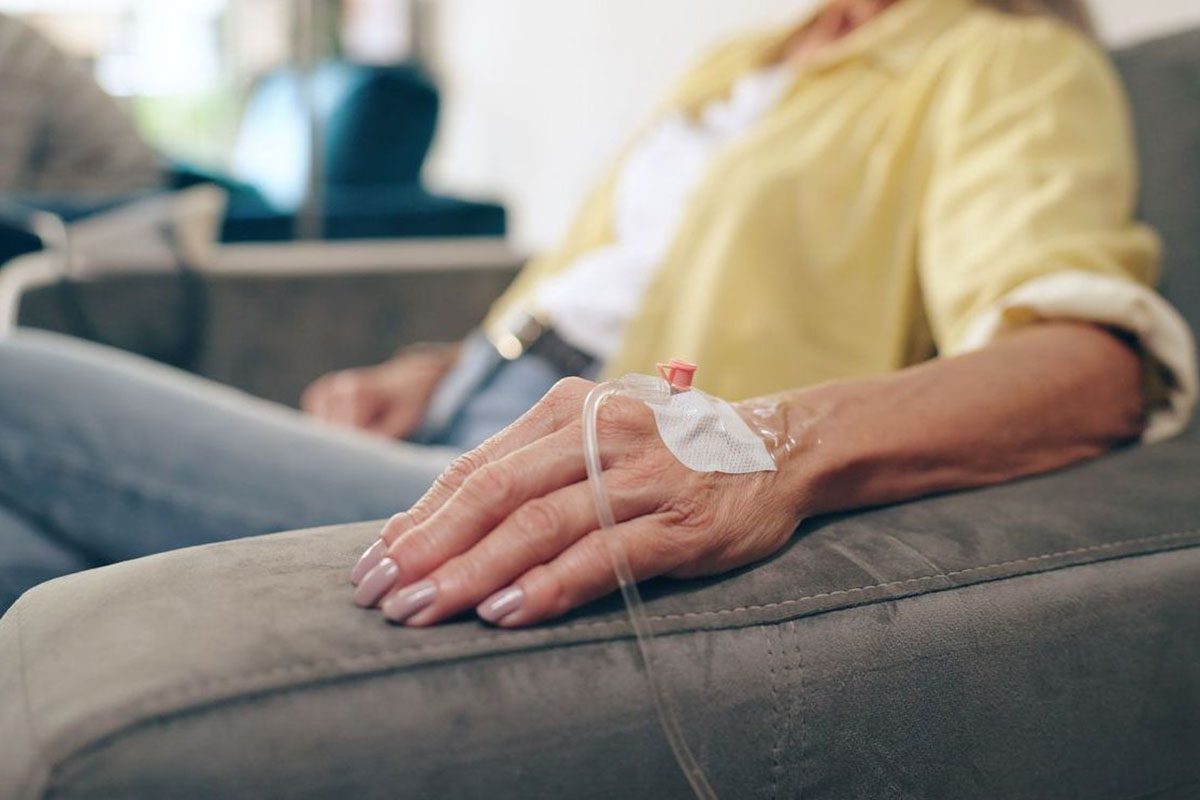Objective: Placebo effects remain largely unexplored in clinical trials of long-acting injectable (LAI) antipsychotics for schizophrenia. This study aims to characterize patients showing improvements after placebo injections and to search for criteria for the prediction of subsequent response based on the magnitude of score changes after the first week of treatment.
Methods: Data from 450 patients with schizophrenia (DSM-IV) who received placebo injections in 4 double-blind randomized controlled trials evaluating efficacy of LAI paliperidone palmitate obtained through the Yale University Open Data Access (YODA) project were analyzed. These 4 studies were conducted from October 2003 to March 2008. Multiple logistic regression analyses were conducted to examine associations between placebo response and demographic and clinical characteristics. The predictive power of improvement at week 1 for response at week 9 was investigated; sensitivity and specificity of incremental 5% cutoff points between a 5% and 25% reduction in Positive and Negative Syndrome Scale (PANSS) total score at week 1 were calculated.
Results: Percent reduction in the PANSS total score at week 1 and a lower PANSS G12 item score (ie, better in judgment and insight) at baseline were significantly associated with placebo response at week 9 (odds ratio [OR] = 1.063; 95% CI, 1.040-1.087, P < .001; and OR= 0.739; 95% CI, 0.553-0.986, P = .040, respectively, in the per-protocol analysis). Cutoffs of a 10% (accuracy = 0.724 in the per-protocol analysis) and 15% (accuracy = 0.722 in the last-observation-carried-forward analysis) reduction in the PANSS total score at week 1 showed the highest predictive power.
Conclusions: The appreciation that longer-term response following placebo injections can be predicted by a 10%-15% PANSS total score reduction at week 1 could guide the design of future clinical trials of LAI antipsychotics in schizophrenia to identify and exclude potential placebo responders early during the course of the study.
Continue Reading...
Members enjoy unlimited free PDF downloads as part of their subscription! Subscribe today for instant access to this article and our entire library in your preferred format. Alternatively, you can purchase the PDF of this article individually.
Please sign in or purchase this PDF for $40.00.
Already a member? Login




